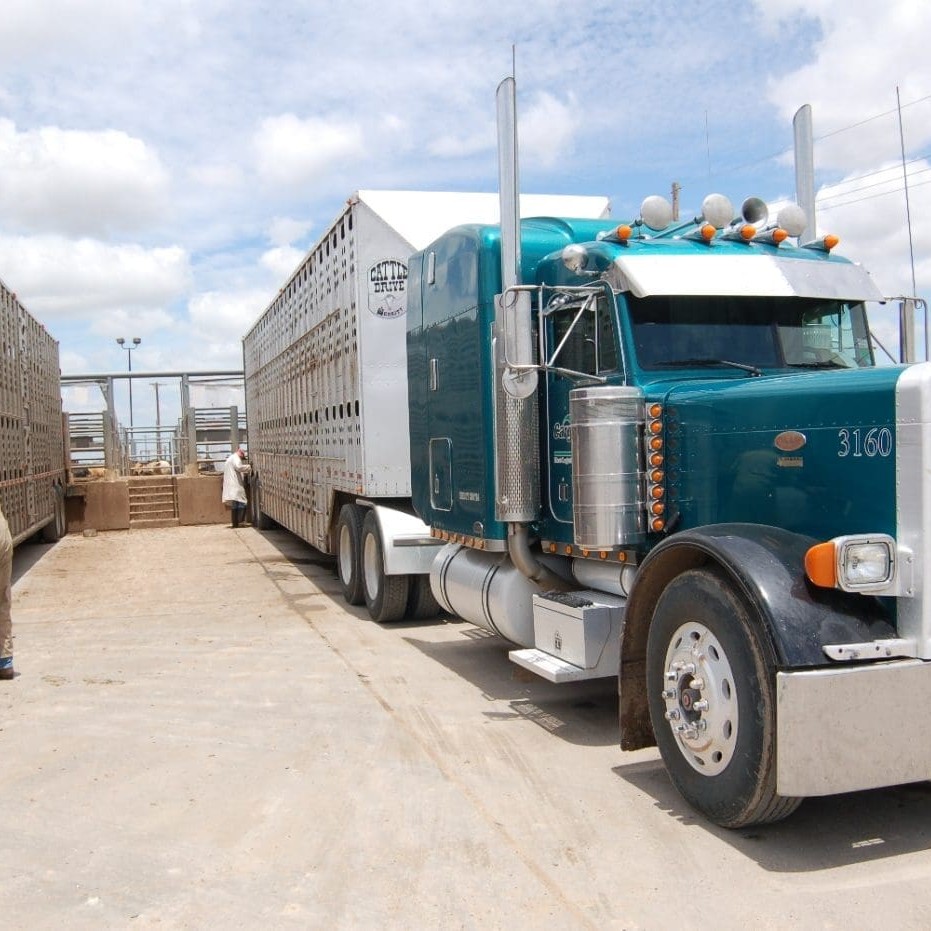 The national beef quality audit has been a milestone undertaking in the United States beef industry every five years for at least the past two decades.
The national beef quality audit has been a milestone undertaking in the United States beef industry every five years for at least the past two decades.
It serves to identify and expose shortfallings in the beef industry which are detracting from the potential value of each carcase.
Findings from earlier national beef quality audits served as a wake-up call to the industry in this country, when presented several times by renowned US meat scientist Dr Gary Smith during Australian visits in the 1990s.
While the application of a similar quality audit in Australia has been proposed on a number of occasions by stakeholders like former ABA chairman, John Carter, it has never been pursued, primarily on the grounds of cost. Nevertheless, the Australian industry can again take some cues from findings made in the latest US report.
In his US Cattle Buyers Weekly newsletter published on Friday, editor Steve Kay points out that the US industry is out of pocket to the tune of US$43.66 per head in lost opportunity due to non-compliance with ideal targets for carcase quality, based on the latest 2011 National Beef Quality Audit.
More than half of the loss is due to quality grade, with yield grade, carcase weight and offal values fairly evenly accounting for the rest.
Carcase inconsistency remains a barrier to industry progress, the audit says.
While it appears cattle sorting is being done efficiently in US feedyards, carcases that are non-conforming and inefficient still exist, CBW said. As an example, more than a quarter of the rib-eyes studied in the audit were outside the 12-16sq inch (75-104sq cm) range, creating inconsistencies that had cause issues down the beef chain.
Another area for improvement identified by audit researchers was producing cattle and products with an ideal lean-to-fat ratio, with appropriate quality and yield grade.
These points show up in a breakdown of the lost opportunities, Mr Kay said in his report. Quality grade accounted for US$25.25/head, yield grade $5.77, carcase weight $6.75 and offal value, $5.15.
Hide/branding accounted for just $0.74 in lost value. It could be expected that that figure would be far higher in Australia, where the use of firebrands (sometimes poorly located), external parasite damage from tick and buffalo fly, and widespread use or barbed wire, particularly in more extensive areas, would deliver a far higher dollar impact.
Growing problem in heavy carcases
The audit found that 36.4pc of fed beef carcases fell in the 800-900 lb (360-400kg) weight group. The remainder included 29.8pc in the 320-360kg group, 18.2pc in the 400-455kg group, 10.7pc in the 270-320kg group, and 3.3pc in the 455kg+ group.
“In other words, more than one in five US carcases weighed more than 900 lbs (400kg),” Mr Kay said.
As for USDA Yield Grade, the distribution was 41pc YG2, 33.8pc YG3, 15.7pc YG1, 8.5pc YG4 and 0.9pc YG5. Yield grade is assessed using a formula including carcase weight, fatness and eye muscle area.
Growth enhancements having impact
New growth enhancements (a reference to the use of beta-agonists) and production practices had led to tremendous efficiency in the industry, the audit said.
“However, the industry must conduct a comprehensive assessment of the short- and long-term value of its practices and technologies, matching them with effective communication to consumers. All must have substantial rationale and line-up with the needs of both domestic and international consumers,” it says.
Not surprisingly, US cattle feeders interviewed rated weight and size as the second most important quality attributes behind how and where cattle were raised, CBW noted.
In contrast, processors, retailers and others rated food safety and eating satisfaction (in that order) as the most important attributes. Eating satisfaction was rated only sixth by cattle feeders.
Obviously, eating satisfaction is a key issue not only for consumers but for the cattle and beef industry, the audit said.
Quality initiatives focused on meeting or exceeding customer expectations depend on providing value in two major categories, product integrity and eating satisfaction, it said.
“The five-yearly NBQA is arguably the industry’s most valuable tool as it is the most comprehensive survey of beef quality conformance,” Mr Kay wrote in CBW.
“It also provides guideposts and measurements on an industry-wide basis. But the 2011 audit went much further than previous audits. It incorporated initiatives designed to improve the quality of the information it gathered. More attention was given to gathering a broader industry perspective, with a producer survey and an extension of face-to face interviews to include cattle feeders.”
Cold storage and plant data was expanded to include camera-grading data from 2.4 million carcases in 17 plants owned by four companies. It also initiated a pilot study to evaluate quality indicators in the feeder cattle supply.
The 2011 NBQA claimed to be the most in-depth, specific audit of all segments of the industry ever performed in the US.
Individual animal ID on the rise
Harvest floor data collected in 2011 pointed to significant changes by producers from 2005. Individual animal identifications increased from 38.7pc to 50.6pc. The number of cattle grading USDA Choice and Prime increased from 55pc to 61pc. This suggests continued improvement in product eating quality.
Although carcase size has increased significantly, average quality grades have improved, CBW noted.
“The industry has obviously made great strides in selection and management, especially at the feedyard level, to reach carcase targets never before achieved,” it noted.
The audit also notes that the percentage of cattle with predominantly black hide colour (that’s code for Angus and its derivatives, but may also include de factos like Black Limousins, Simmentals and Salers) increased from 45.1pc in 2000 to 61.1pc in 2011.
